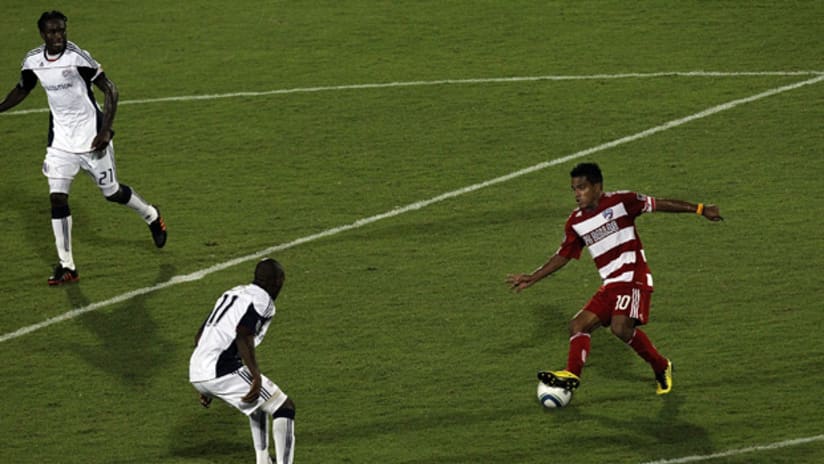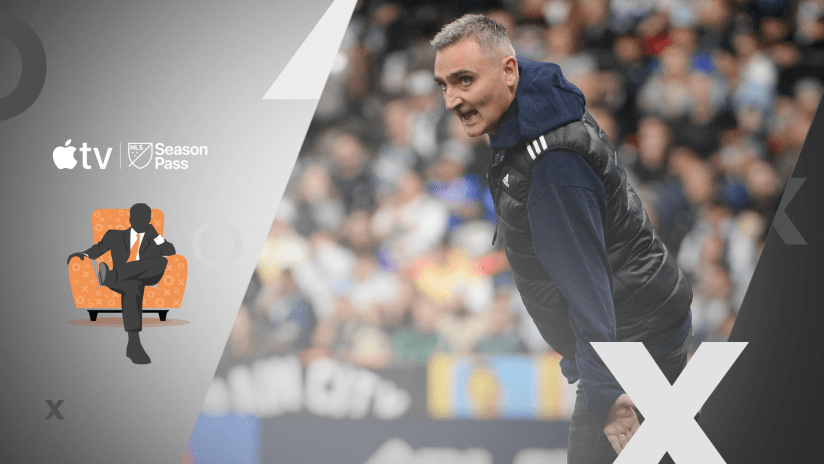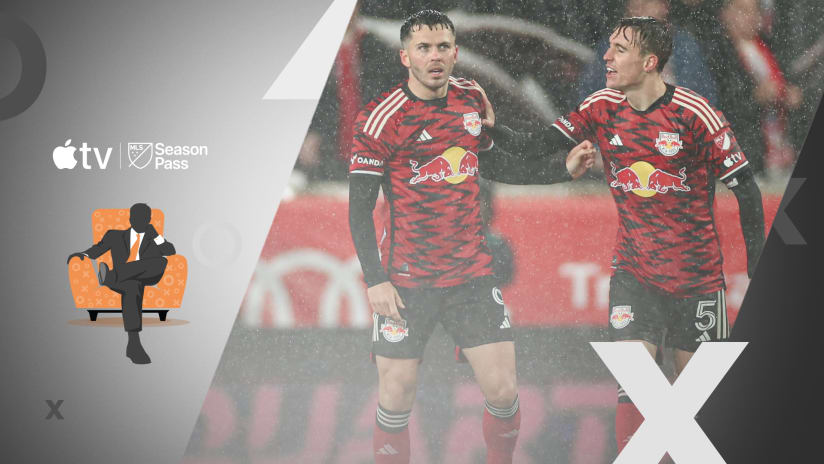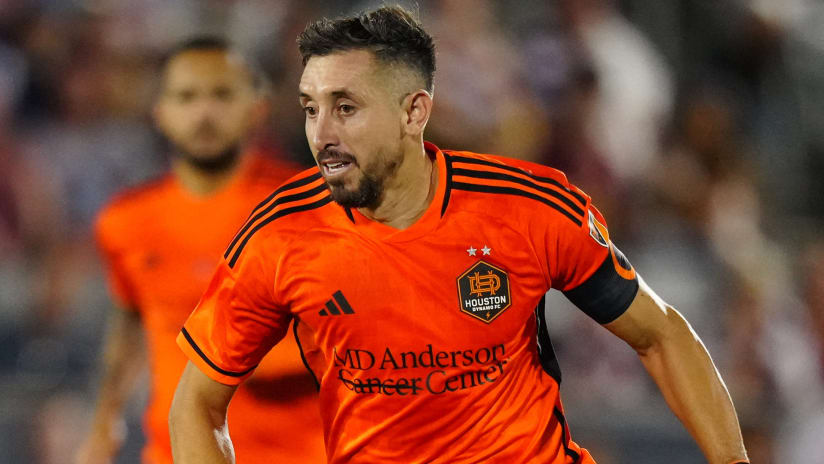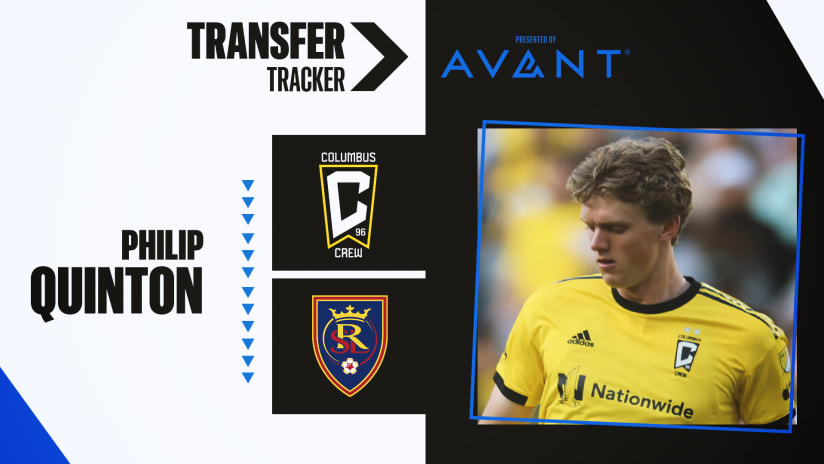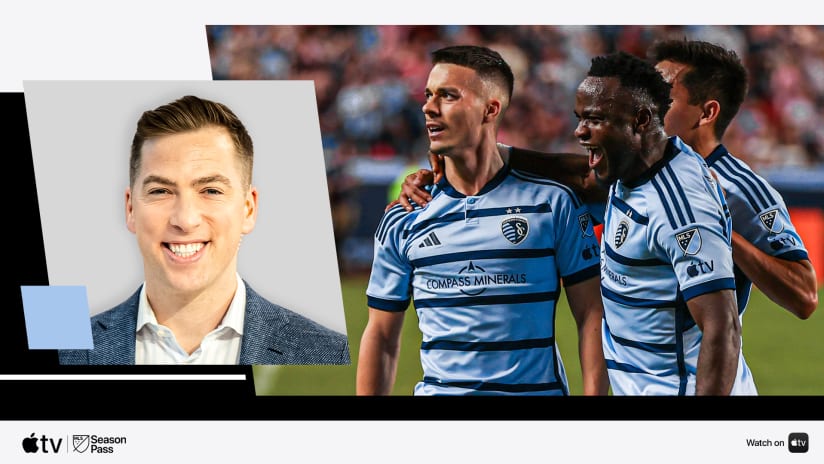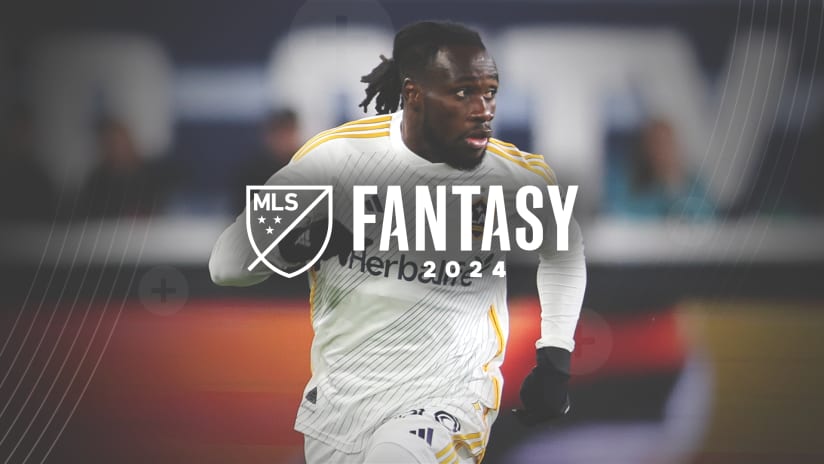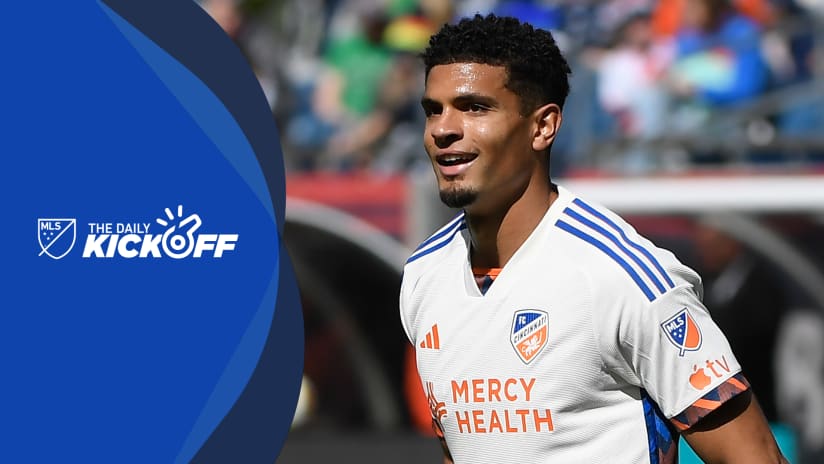FC Dallas coach Schellas Hyndman has said there are two choices for his team if they make the switch to a 4-4-2: Push reigning MVP David Ferreira higher up the pitch to play as a true second forward or drop him deeper so that he’s playing at the point of a diamond-4 midfield.
I’m not a Dallas fan, but I am a big fan of how they played last year. So when I heard about this potential switch, I winced a little bit.
The Dallas formation last year, a 4-1-3-1-1, was perfectly designed to play to Ferreira’s strengths. As the second “1” just ahead of a hard-working three-man midfield line and just behind a center forward, Ferreira was untethered from the rest of the formation.
The other Dallas players had the responsibility of filling channels on offense and tracking back on defense; Ferreira, on the other hand, was allowed to pick and choose where he went on the pitch, lending the Dallas attack a strong dose of unpredictability and making him nearly impossible to man-mark.
Think about that: Mark Ferreira with a single guy, and you break your own defensive shape in the process while conceding to a reactionary brand of soccer. It’s a last-resort tactic, and one that most MLS coaches thankfully eschewed in 2010.
LISTEN: Schellas Hyndman on ET Radio
If Hyndman switches to the 4-4-2, Ferreira will no longer have that freedom and it seems unlikely — at this time, anyway — that Dallas would play as free-flowing and intricate a style as they did last year.
Now, this isn’t to say it can’t or won’t work. Tactics and formations can count for a lot, but the decider in most soccer games is raw talent. Heading into 2011, you could make the argument that the Dallas attack is the league’s gold standard.
[inlinenode:330377]The Diamond-4 Option
Ferreira is likely to be joined in the attacking third by two of his fellow Colombians in veteran center forward Milton Rodriguez and young striker Fabián Castillo, a recent catch from Deportivo Cali. Rodríguez was effective in limited time with Dallas last year, while Castillo comes in with the reputation but not the résumé of a top-notch goal-scorer. Throw in attacking wingers like Marvin Chavez, Brek Shea and Eric Avila, and Dallas are spoiled for attacking riches.
So even if Ferreira isn’t afforded the same level of improvisation and creativity in his on-field movements, FCD still look like a potent offensive force.
What Ferreira would have to do, though, is adjust his game and play the channels, much as his teammates did last year. If he’s to be the point of the diamond midfield, that means working the gap between the opposing lines of defense and defensive midfield, just as Javier Morales does for Real Salt Lake. It also means dropping deeper defensively and making off-the-ball runs that loop around the flanks or cut vertically across the top of the box, as opposed to diving toward goal.
So moments like Ferreira’s goal in the MLS Cup will be few and far between. He’d be 80 percent facilitator in this new role, rather than the 50-50 split between facilitator and goal-scorer he handled so ably in 2010.
Defensively, Ferreira’s presence in the midfield would put a great deal of pressure on Daniel Hernandez. The veteran anchor was a stand-out in 2010, shielding the FCD back line and igniting attack after attack with his precise distribution (Ferreira’s MLS Cup goal is a good example of this as well).
Where Hernandez suffers, though, is in his ability to cover ground. That wasn’t much of problem in 2010 thanks to the exploits of always-running Dax McCarty. McCarty, at the center of the three-man Dallas midfield line, exhibited world-class stamina and tenacity on both sides of the ball. But he’s gone now, plying his trade in DC, and there’d be no real spot for him in a diamond-4 midfield, anyway.
So just by moving Ferreira back, you not only move the league’s most effective offensive player farther from goal and make him more predictable to defend, but also put stress on Hernandez, last year’s linchpin.
The other casualties would be Chávez and either Shea or Avila (whoever starts on the left of the diamond). They would end up playing much deeper and more central, like how Will Johnson, Ned Grabavoy and Andy Williams play at RSL. They’re all capable of it, but they’re all probably better-suited to getting out on the flanks and then diving toward goal in the final third.
[inlinenode:318805]The Second Forward Option
The other option Hyndman mentioned in Monday’s ExtraTime Radio podcast was playing Ferreira higher up as a true second forward. It’s a solid choice, assuming second-year central midfielder Eric Alexander (at right) can do a fair approximation of McCarty’s defensive work and provide a bit more offensively.
The problem here, though, is that moving Ferreira to a pure forward role means losing a lot of the creativity FCD showed in the build-up last season. It also clogs up the channels that Chávez, Shea and Avila so ably exploited.
As a result, Alexander will be asked to provide a pretty serious creative spark — more in the way of a No. 8 than a No. 10, but still a big ask for a player who’s still very much unproven in that role.
The numbers crunch will also be an issue. If Ferreira’s playing as a forward, that means either Rodriguez or Castillo isn’t. There’s some suggestion that Castillo could play more as a left winger — and the fact that Shea has spent a chunk of preseason as a central defender means it may be more than a suggestion — and if that’s the case FCD’s shape could look a lot more like a 4-3-3 than a 4-4-2. Especially if Castillo isn’t as dedicated to tracking back defensively as Shea and Avila were.
So there are questions to answer for Dallas. Hyndman said specifically that he doesn’t want to give up the style that they play, but it looks like he may have to concede that point if he wants to switch to the 4-4-2, which he says is his preferred formation.
March 19’s First Kick showdown with Chicago should be a good gauge of what the coach is thinking, and whether one of 2010’s most creative and successful teams is going to undergo a pretty serious facelift.
Matthew Doyle can be reached for comment at matdoyle76@gmail.com and followed at twitter.com/mls_analyst.


